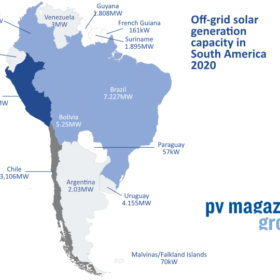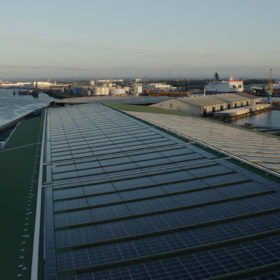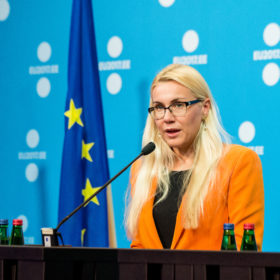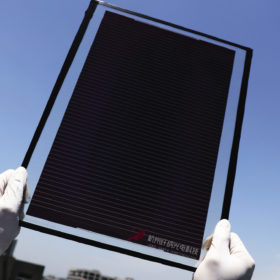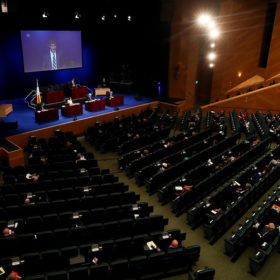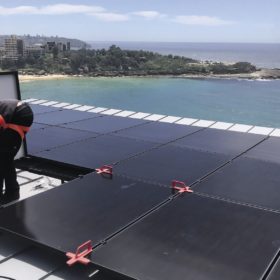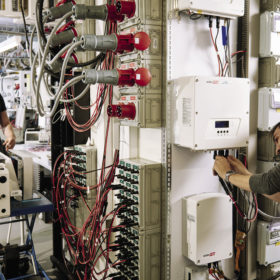US big solar to fire tracker market to 2025
Data company IHS Markit expects almost nine out of ten big solar projects in the Americas over the next three years to be tracker mounted. More than a terrawatt of new solar will be added from this year to the end of 2025, the analyst predicted.
Guyana tenders for solar on public buildings
The prime minister of the South American nation, one of the most recent arrivals to the club of oil-producing states, has spelled out how his country plans to move to a low-carbon economy.
The future looks bright for UK solar
Last year’s figures marked the first time the market saw sustained, subsidy-free growth across residential, commercial and utility scale projects, according to trade body Solar Energy UK.
EU member states have three weeks to sign up for Europe-wide renewables tender
The European Commission’s proposed renewable energy financing mechanism would enable wealthier EU nations to fund clean energy projects in poorer neighbors rich in solar potential.
Chinese PV Industry Brief: Microquanta builds 12 MW ground-mounted project with perovskite solar modules
In other news, Haiyuan Material (HYM) said it will commission its 600 MW heterojunction cell factory in July and Polysilicon supplier Daqo announced it is seeking to raise RMB11 billion ($1.74 billion) through a share private placement.
Irish senator proposes solar mandate on public buildings
The Green Party members of the coalition governing the EU member state are losing patience with the slow progress of a bill they tabled eight months ago to remove the requirement for schools and other public buildings to have planning permission to install panels.
Rooftop solar price to keep rising this year
British analyst GlobalData has predicted residential and commercial rooftop panels will not return to a declining price trend until next year, with post-Covid logistics headaches the cause, rather than a polysilicon shortage.
SolarEdge reports record-breaking revenue
With comparisons with a Covid-hit 2020 inevitably offering a string of positive numbers, there was also little to concern the board of the inverter and battery manufacturer from the returns generated in the last quarter.
UK to move to annual renewables auctions from next year
With solar readmitted to the process for subsidizing new renewable energy generation capacity, the government says it is “hitting the accelerator” on clean power as it aims for a fully decarbonized electricity system by 2035.
Nigerian mini-grid program appears to have been scaled back
An initial intent to commission 28 local solar-plus-storage networks has now been stated as comprising “around 20” mini-grids, with delivery expected this year, rather than by the middle of the year.

